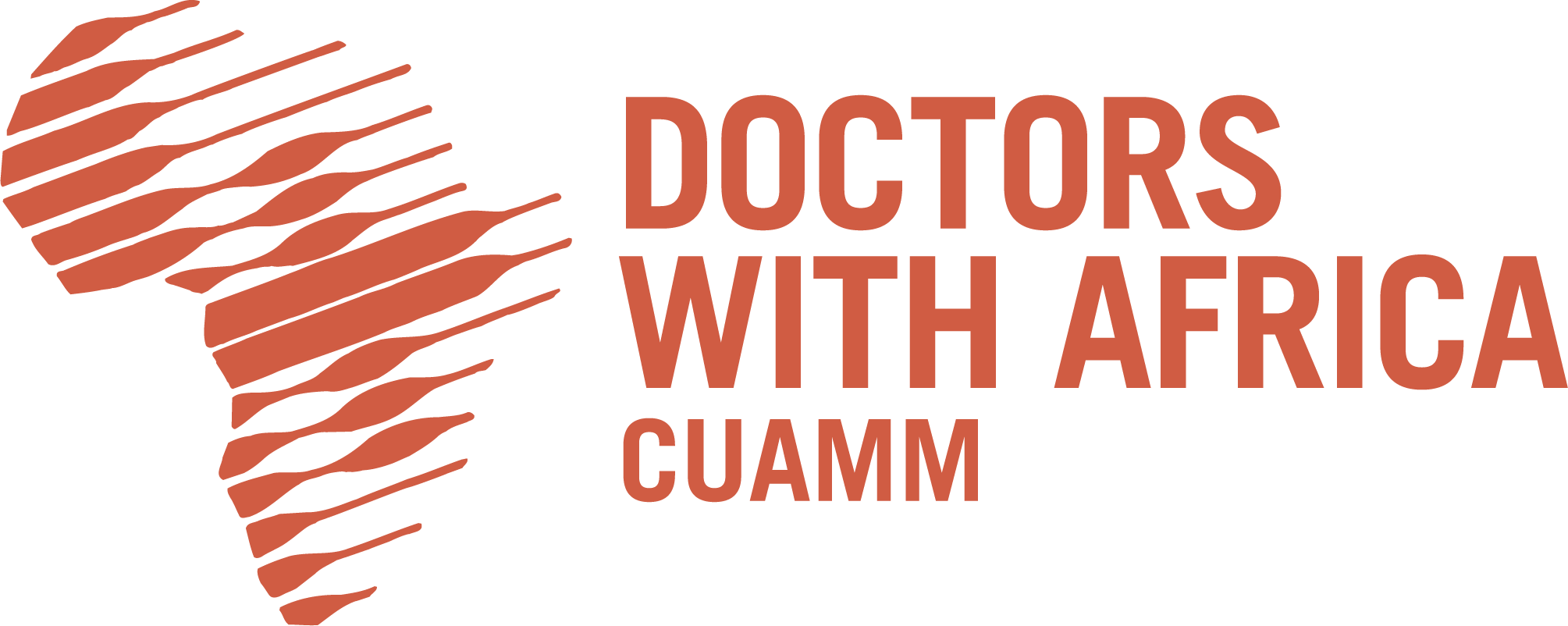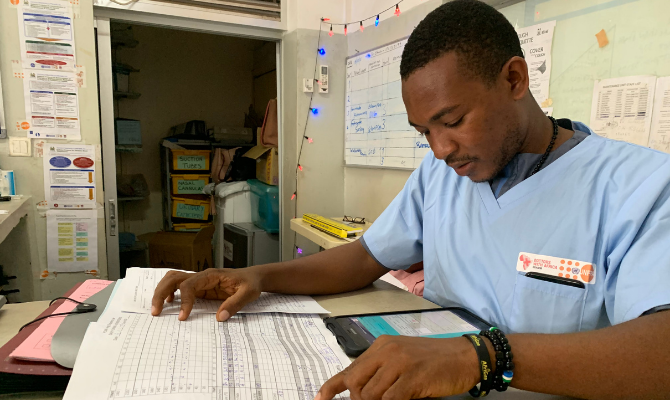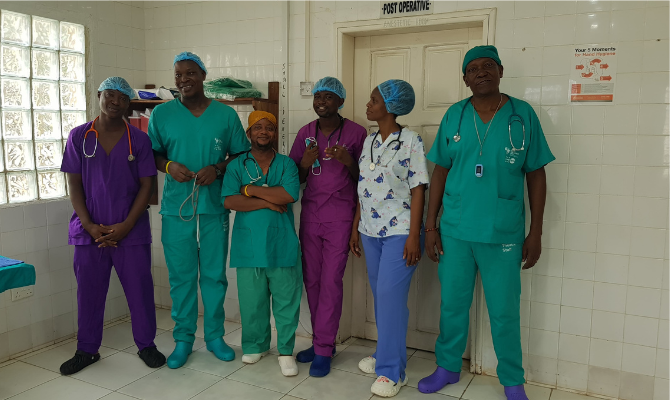“Sometimes, when the situation becomes critical, or when an extra pair of hands is needed, I also help my colleagues: I am still a nurse and I could never avoid contributing, even in a practical way, to saving a human life. I am proud of my work because I feel useful on two fronts: not only am I a nurse, always ready to put my hands on patients in an attempt to treat them or understand what is making them so ill, but I am also the eyes and ears of CUAMM in the field. Thanks to the data I collect every day, together with CUAMM and Dr. Pisani, we try to improve the fortunes of this complex suburban hospital and understand how and where we need to grow and improve, both at the local health level and as a supporting action of CUAMM”.
“The semi-intensive care units, called HDUs (High Dependency Units), are wards where critically ill patients (mostly women) are admitted, often life-threatening patients and with serious health problems such as hypertension, risk of pulmonary embolisms, infections, low saturation; the latter often a consequence of pregnancy and childbirth. Some have lost their babies and have undergone emergency surgery, others have given birth to perfectly healthy babies but are at high risk of mortality, while others are pregnant but have seriously abnormal values and are kept under observation. The most serious are unconscious or semi-conscious”.
“My job, as CUAMM’s Data Officer, is to monitor the situation in the HDU of the PCMH. In fact, I am in charge of entering data on the various patients, both in the semi-intensive care unit and in the other wards (antenatal and postnatal, pre-operative and eclampic, gynaecology and others) into a system specially created by CUAMM. I collect patient data: both personal data when they arrive at the hospital and when they are admitted to the semi-intensive care unit (name, surname, age, personal details) and data on their state of health and improvement or worsening of their condition, including the number of discharges and deaths. During the following 24 hours, at the same time of the day when the patient is admitted to the HDU, I return to the ward, consult the large registers with data and information on the state of health of the patients compiled by the nurses during the night or during my rest hours, and thus I am able to monitor the changes in their parameters and detect the number of deaths (if any), the number of people discharged and the general trend in the health situation. The data is then sent on a monthly basis to Dr Luigi Pisani, a CUAMM doctor, who analyses it and identifies possible mistakes and problems to be addressed, as well as areas or specific activities to be improved.
“My job is very important because I am CUAMM’s ‘man on the ground’, a direct eye on the hospital and the spokesperson for what is happening in the various departments,” Momoh proudly acknowledges. Data collection is the basis for CUAMM’s studies to identify existing problems and the subsequent improvement of treatment and health care”. The semi-intensive care unit is small, with five beds, and when we arrive there are only three women in the unit, and until they are in there we don’t know whether or not they will be able to overcome that critical moment. “Milena Mortara and Sara Barbiero, two Italian JPOs specialising in anaesthesia and resuscitation, have also worked with me over the past year. Our nurses and doctors have worked with them in one of the hospital’s most delicate departments. This feeling of precariousness always gives me a mixture of emotions: from the fear of losing a patient at any moment, to the pride of being there to help prevent this from happening,” Momoh acknowledges.





